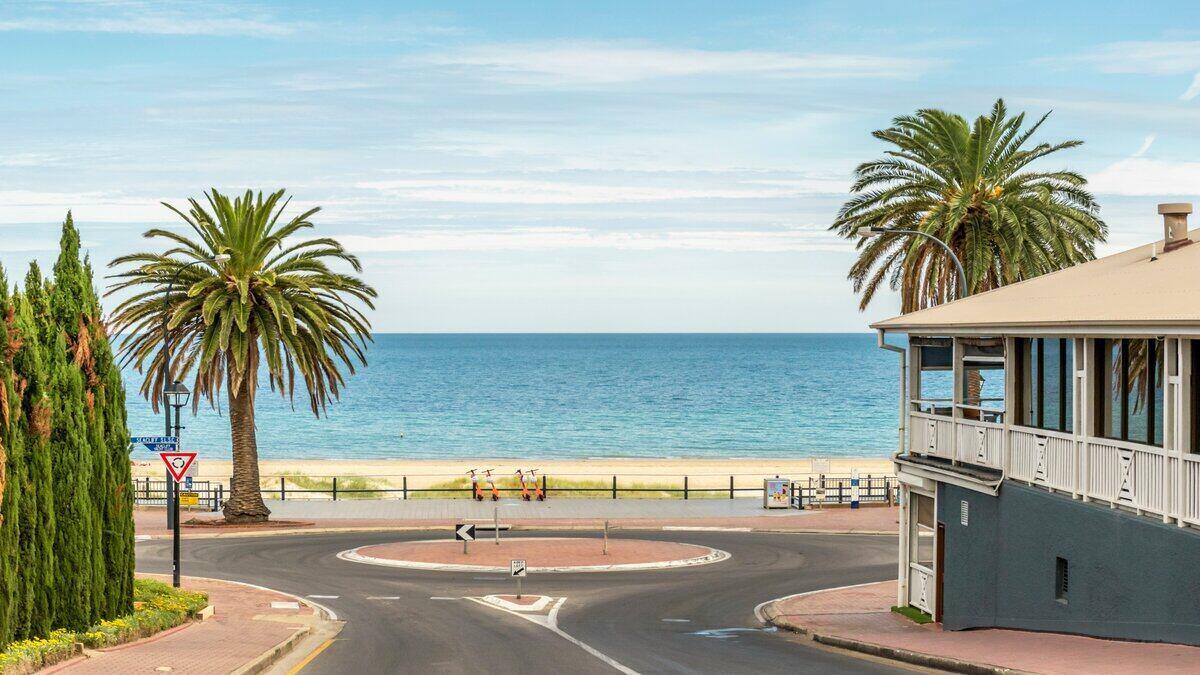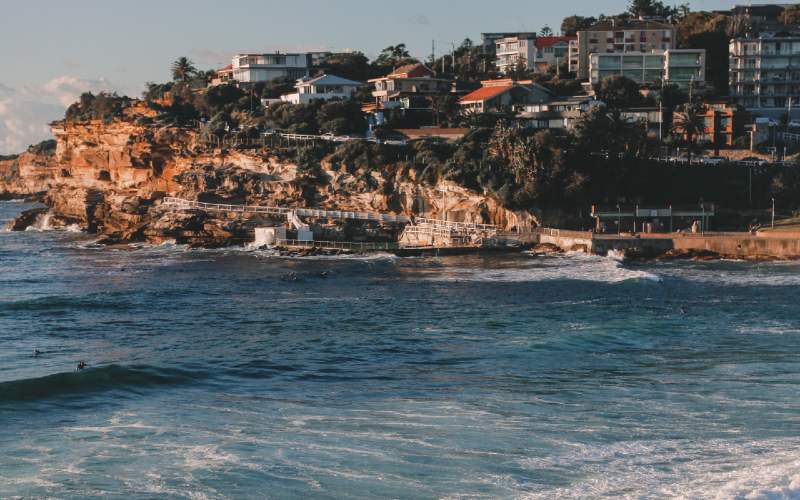Flatmates.com.au's latest National Share Accommodation Survey (NSAS), released on Wednesday, reveals a 7% rise in active users aged 55 years or more year-on-year.
Nearly half (51.6%) of respondents in this age group reported opting for share house arrangements to avoid the financial strain of living alone.
A share house is defined as a household composed of individuals who aren't related and aren't a couple, living under the same roof, sharing the rent, and splitting the bills.
This living arrangement has traditionally been associated with younger generations who typically have less wealth and can't afford the household costs of living solo.
However, older generations are increasingly feeling the financial squeeze and are increasingly opening their homes to flatmates or actively seeking shared accommodation.
Soaring rents, high mortgage repayments drive older Australians to share houses
"The majority of our members over the age of 55 are homeowners renting out a spare room in their property, although we're also seeing members in this age group seeking out accommodation," flatmates.com.au community manager Claudia Conley told Savings.com.au.
"They said the reason why they're living in share accommodation is to be able to save on rent or mortgage repayments."
Nearly three-quarters of NSAS respondents who have listed a room on flatmates.com.au are driven by rent pressures.
Additionally, 57% of respondents reported struggling to meet rent payments, up 14% from the previous year.
Sharing housing costs by taking on housemates is increasingly seen as a practical solution amid Australia's skyrocketing rents.
The September quarter Consumer Price Index revealed rental prices were among the key factors pushing services inflation higher.
Rental costs rose 6.7% over the 12 months to September, moderated only by a recent 10% boost to maximum Commonwealth Rent Assistance rates.
The national median weekly rent for a house across the capital cities stood at $650 in the September quarter, while units had a median asking rent of $630 per week.
"Thirty-five percent of our respondents have faced rent increases in the past six months, with half of these hikes exceeding expectations, highlighting the growing financial strain on tenants," Ms Conley said.
While renters are yet to get a reprieve, many homeowners are also in challenging situations.
Homeowners are finding it difficult to squeeze mortgage repayments into their household budgets, with delinquency rates increasing across all states and territories.
Delinquency rates measure the percentage of home loans on which borrowers are overdue on their scheduled repayments by 30 days or more.
The trend of homeowners unable to meet their mortgage repayments on time is forecast to worsen over the next year, even if the RBA delivers a rate cut in the near term as household budgets will take time to recover, according to recent analysis from Moodys Ratings.
Outer suburbs see steepest rent hikes for share houses
The NSAS also highlighted a significant shift in share house tenants' location preferences, with outer-city suburbs experiencing the largest increases in median weekly room rents.
Coastal suburb Avalon Beach (NSW) posted a 90% increase in rent year-on-year, now costing typical share house tenants $570 a week.
Suburbs such as Marburg (QLD) and Hampton (VIC) also saw substantial rises, with rents increasing by over 80% compared to the previous year.
Both suburbs are located at a notable distance from the Brisbane and Melbourne CBDs.
| Suburb | City | Median weekly room price | Year-on-year increase |
|---|---|---|---|
| Avalon Beach | Sydney (NSW) | $570 | 90.0% |
| Marburg | Brisbane (QLD) | $335 | 86.1% |
| Hampton | Melbourne (VIC) | $325 | 80.6% |
| Embleton | Perth (WA) | $275 | 71.9% |
| Lota | Brisbane (QLD) | $395 | 64.3% |
| Burnside | Melbourne (VIC) | $350 | 62.2% |
| Brookvale | Sydney (NSW) | $500 | 61.0% |
| Flemington | Melbourne (VIC) | $300 | 60.0% |
| Elizabeth Downs | Adelaide (SA) | $270 | 58.8% |
| Riverton | Perth (WA) | $300 | 57.9% |
Data source: flatmates.com.au, October 2024
"A lot of people think that it would be inner city suburbs or cool hipster suburbs that are very popular amongst students or share house renters," Ms Conley said.
"Due to the changing face of share accommodation, we've actually seen out-of-city suburbs have quite an increase in demand, as people are looking for suburbs that offer cheaper rent with more space."
According to the survey, 12.5% of respondents said they chose share housing as it allows them to live in their suburb of choice.
Younger generations fuel the growth of share housing
Despite the notable rise in older generations entering the share house market, Ms Conley said younger members continue to drive the demand on the platform.
"We had seen younger audience decrease by about 10% and older members increase 10%, however our core demographic is still members aged 18 to 35," she said.
The majority of members on the platform include travellers, international students, and backpackers, who are looking for accommodation for an average of six months.
Beyond being an affordable alternative to renting solo, Ms Conley said the appeal of share housing for younger people lies in its status as a "rite of passage".
"In Australia, the stereotypical trajectory is… you live at home, and then you might go to university or TAFE or move to another city for a new job, and you move in with friends or young people to experience it together, have fun together, and keep costs low."
However, to save on household costs more effectively, Ms Conley noted that many young Aussies choose to live at home for longer "if they have that option", thus driving the decline.
"The sentiment among 55% of survey respondents that property ownership is out of reach for young people highlights the growing sense of uncertainty about long-term housing security," she said.
Image by Freepik

Ready, Set, Buy!
Learn everything you need to know about buying property – from choosing the right property and home loan, to the purchasing process, tips to save money and more!
With bonus Q&A sheet and Crossword!



 Harry O'Sullivan
Harry O'Sullivan
 Harrison Astbury
Harrison Astbury











